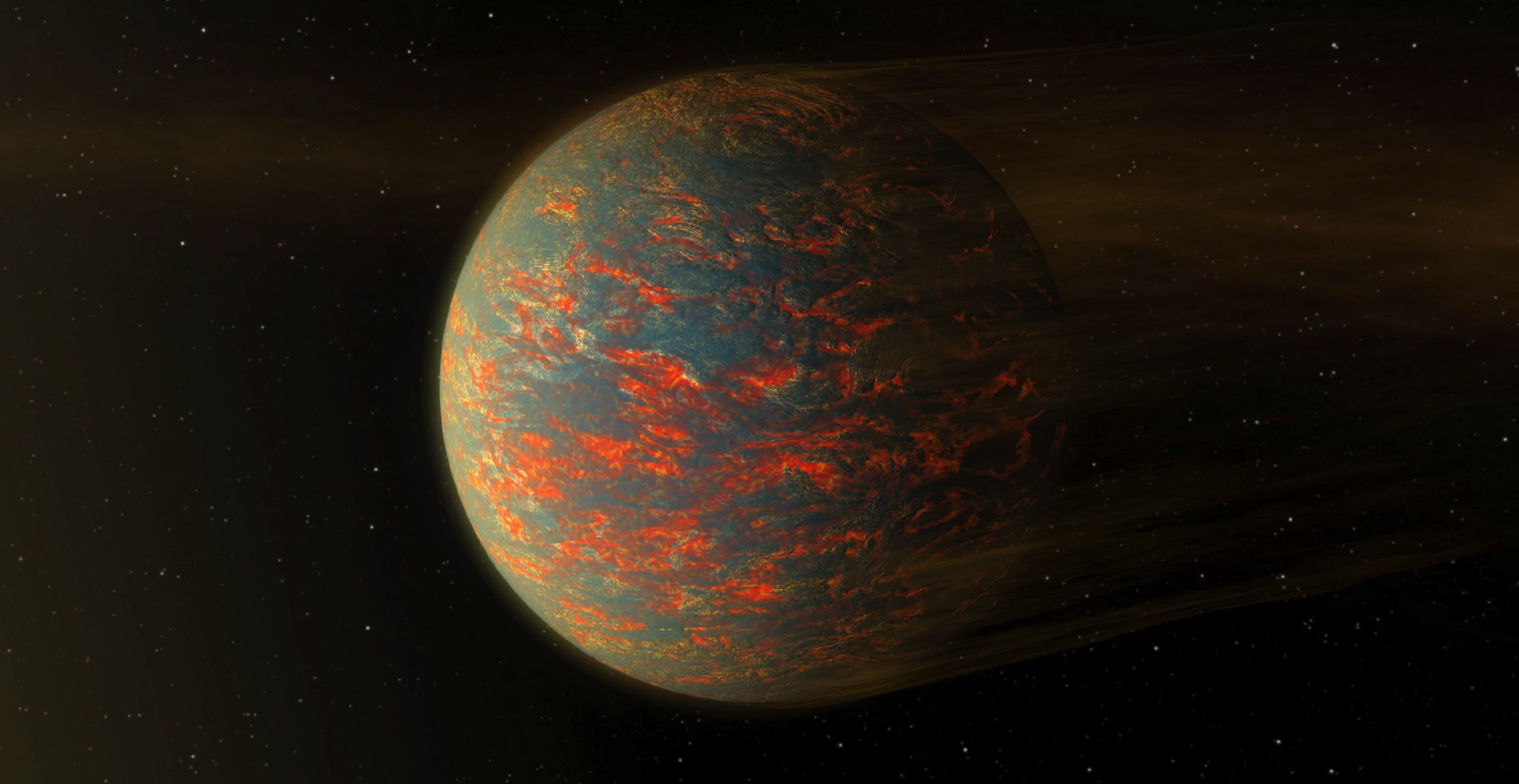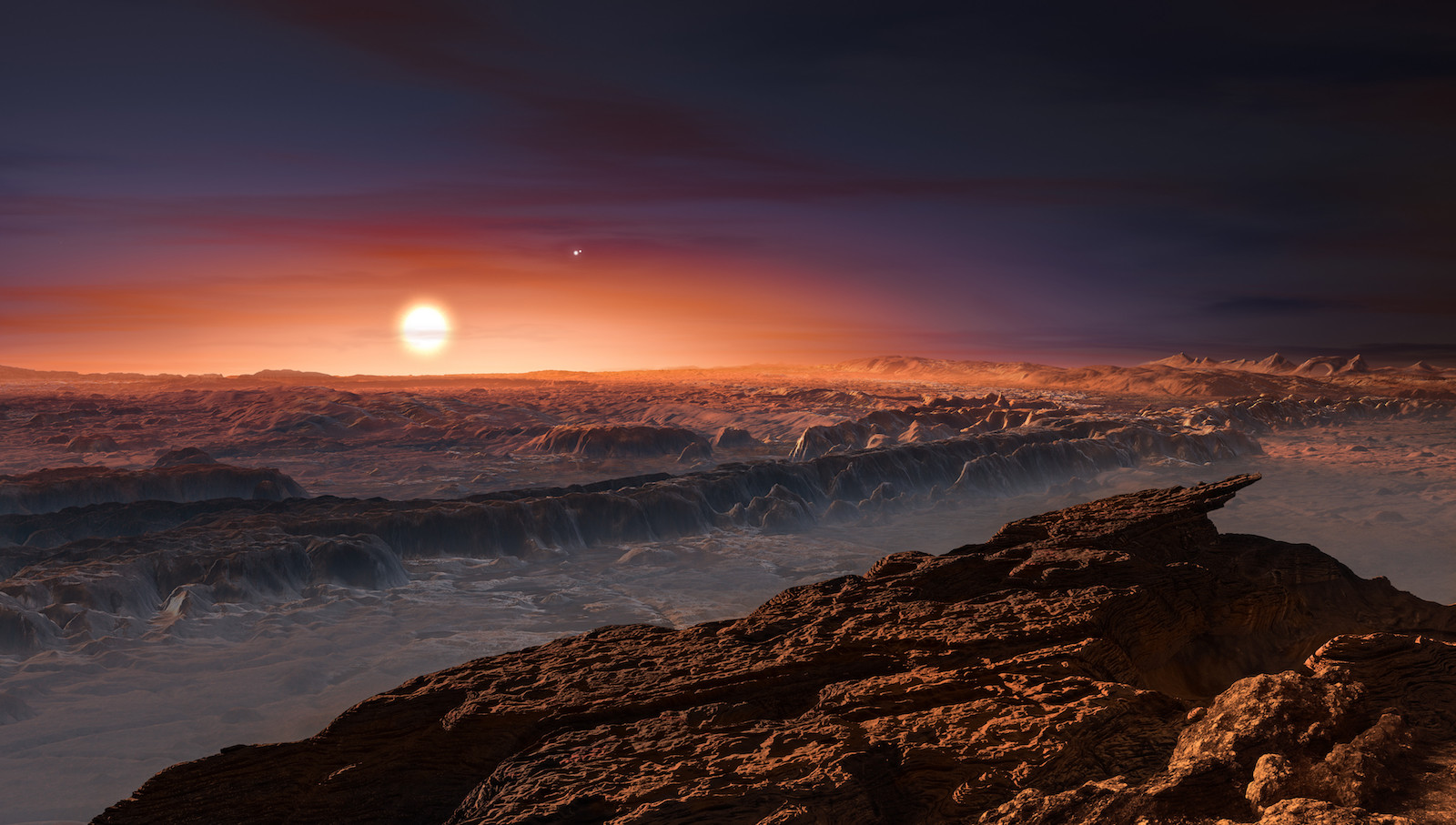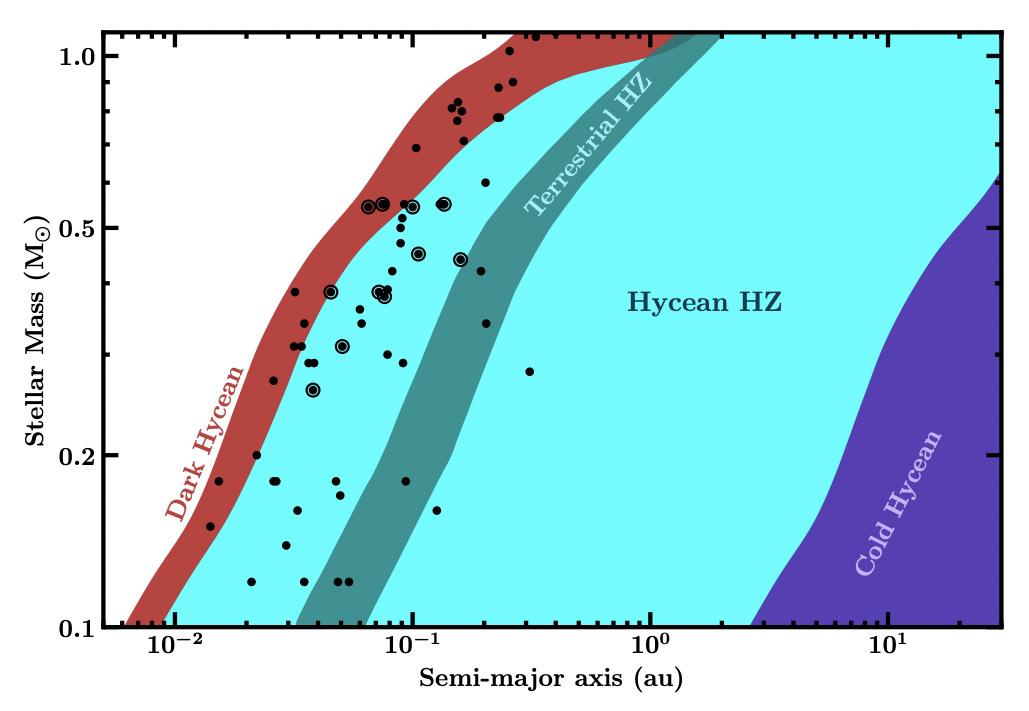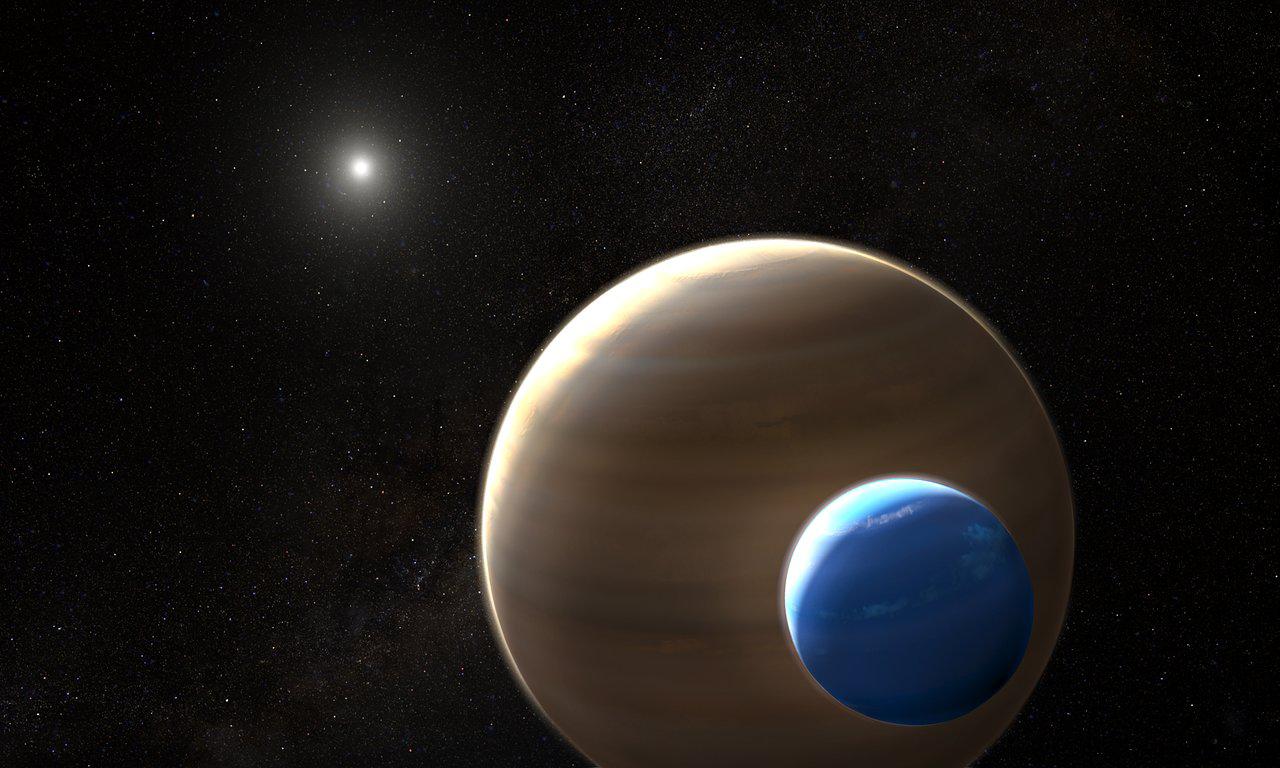TOI-2257 b: a very eccentric exoplanet
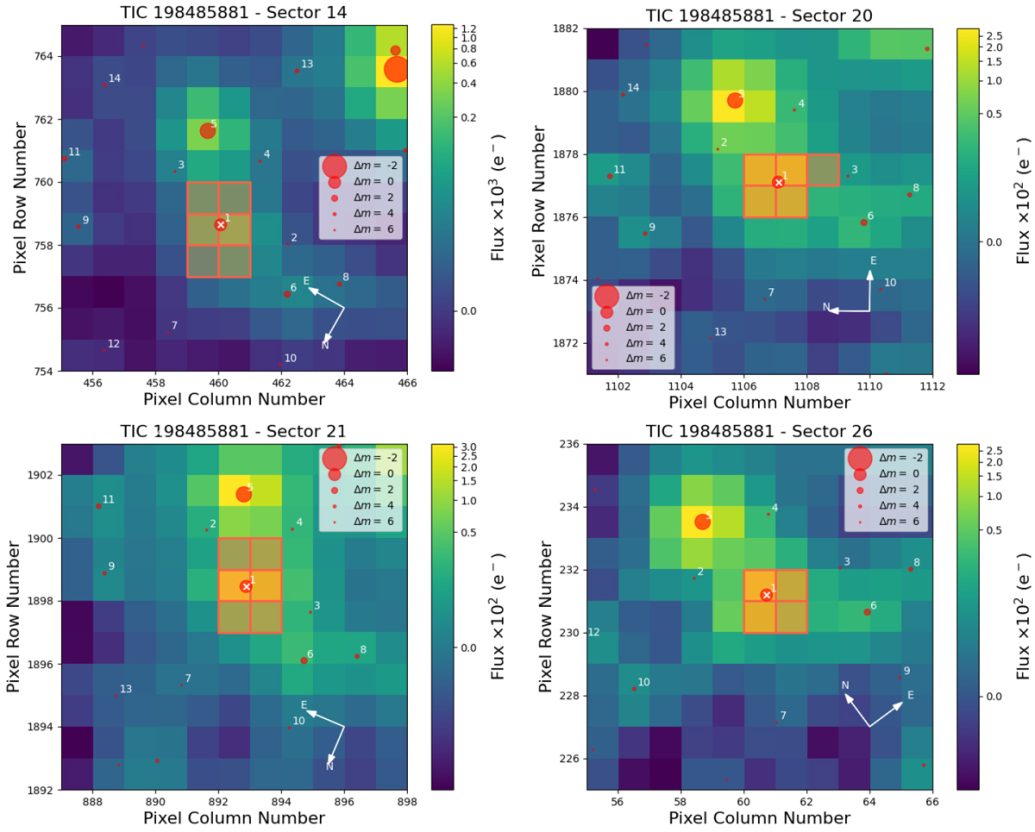
- The search for exoplanets around red dwarf stars has turned up a very eccentric planet.
- The orbit of the planet is extremely elongated, giving it dramatic temperature shifts.
- Future study of this planet likely will focus on its atmosphere and a search for exomoons.
Existing in its current form only since the 1990s, the systemic search for exoplanets is one of the more recent and most exciting areas of astronomy. These worlds are often extreme; some of the most commonly found exoplanets are as large as Jupiter and very close to their suns. In keeping with this tradition, a new study published in Astronomy & Astrophysics provides evidence of an exoplanet with an orbit as eccentric as Diogenes.
TOI-2257 b
There are several ways to find exoplanets, such as checking for dark spots on a star caused when a planet transits (that is, passes in front of) it. Astronomers also look for “wobbles” in a star caused by a planet’s gravity as it orbits. In general, the closer an exoplanet is to its star, the easier it is to detect. Because of that, red dwarf stars — small, cool burning, long-lived stars with high planet-to-star ratios and easy-to-see transits — are the targets for many astronomers. Several projects, including SPECULOOS and MEarth, operate with the explicit goal of looking at these stars for new planets.
The latest planet to be discovered by looking at these miniature stars is TOI-2257 b. (TOI-2257 is the name of the star, and “b” is the planet.) The planet was first seen in data from NASA’s Transiting Exoplanet Survey Satellite (TESS) space telescope. Located a mere 188 light-years from Earth, weighing in at an estimated 5.45 Earth masses, and suspected to have a great deal in common with ice giants like Neptune, the planet was discovered using the transit method.
A very eccentric exoplanet
Observations revealed a 35.2-day orbital period (the length of time needed to go around the star). Its average distance from the star is 0.145 astronomical units (AUs, the average distance from the Earth to the Sun.) Though that means the planet is pretty close to its star, it is still within the habitable zone where liquid water could exist. However, what really stands out about the planet is the extreme eccentricity of its orbit.
Planets do not orbit stars in perfect circles, though they might come close. Generally, planets’ orbits are in the shape of an ellipse. But an ellipse can be nearly circle-like or extremely elongated. The measure of this, known as eccentricity, ranges from 0 (a perfect circle) to 1 (a parabola). TOI-2257 b’s eccentricity was estimated at 0.5, making it the most eccentric planet known to be orbiting a cool star. It also might imply that a gas giant exists in the star system, skewing its orbit.
A highly eccentric orbit means the planet is probably eccentric in other ways. For example, its temperature swings are likely to be as extreme as its orbit. As explained by Nicole Schanche of the University of Bern in an interview with Phys.org:
“In terms of potential habitability, this is bad news. While the planet’s average temperature is comfortable, it varies from -80° C to about 100° C depending on where in its orbit the planet is, far from or close to the star.”
Habitability is also made less likely given the high atmospheric pressure of the planet, but life could potentially exist in the upper atmosphere.
Future work on this system likely will focus on the atmosphere of the planet and a search for moons. As of yet, no exomoons have been confirmed anywhere, but we may getting close. Given the prevalence of moons in our solar system, exomoons are thought to be just as common. Perhaps, if life is out there, we may find it on an eccentric planet’s exomoon.
